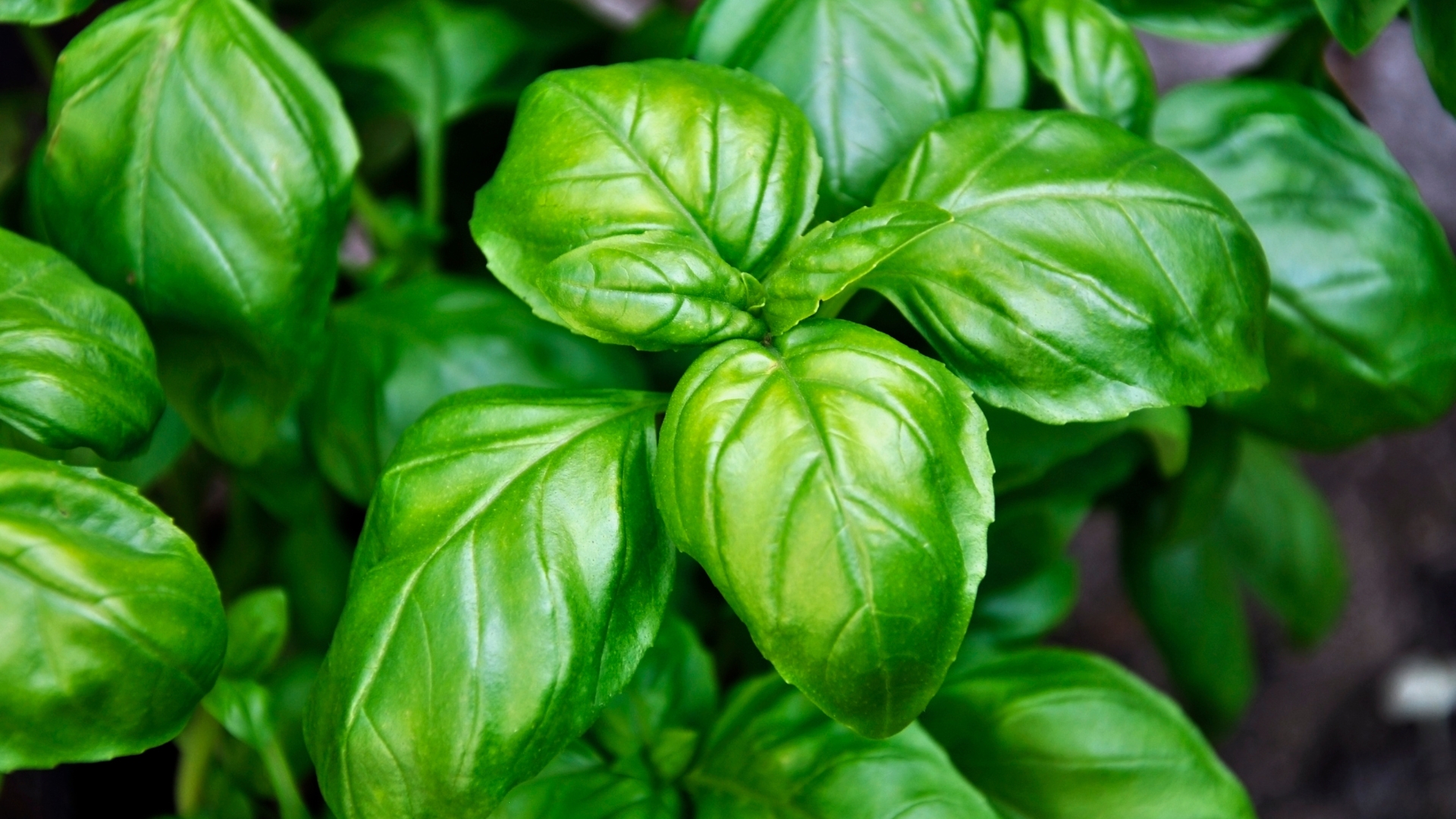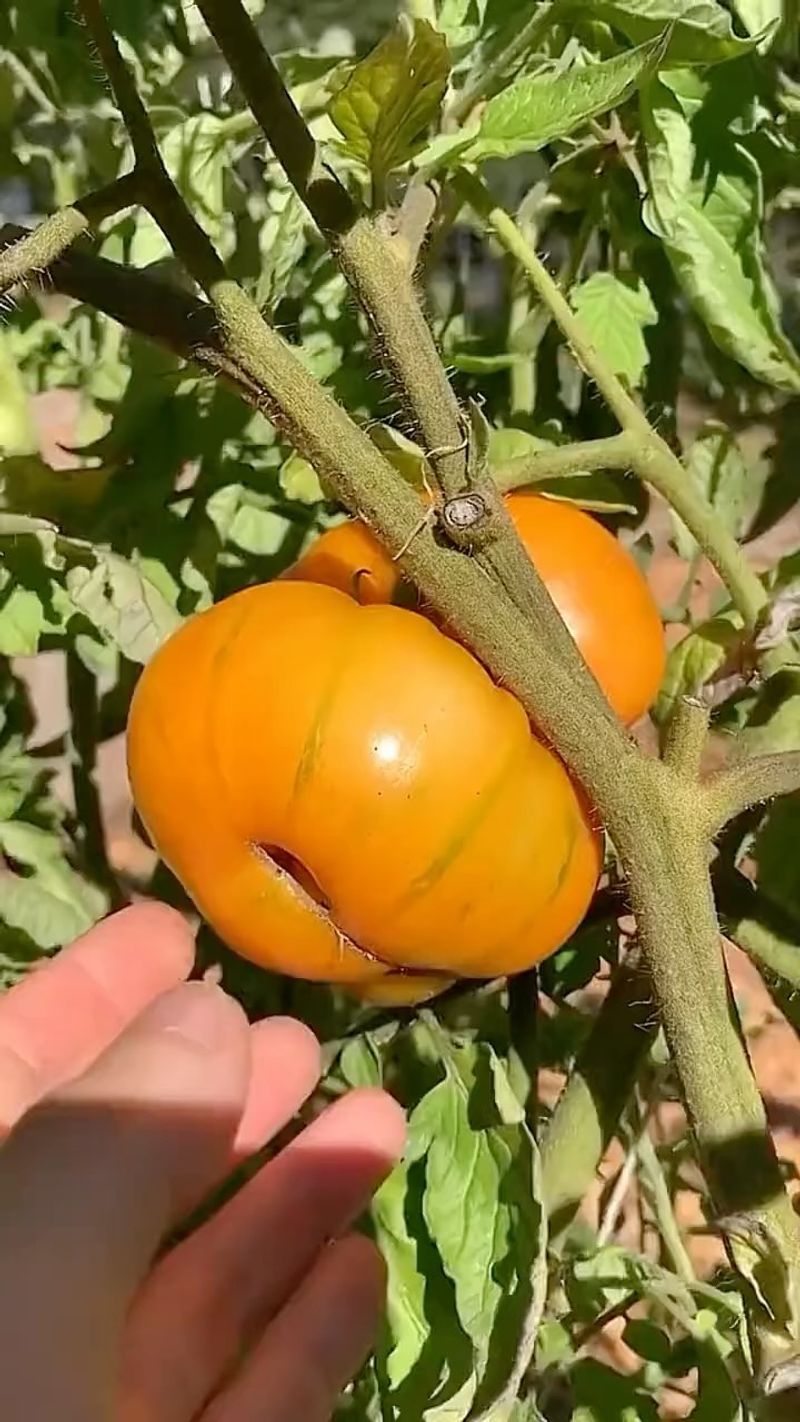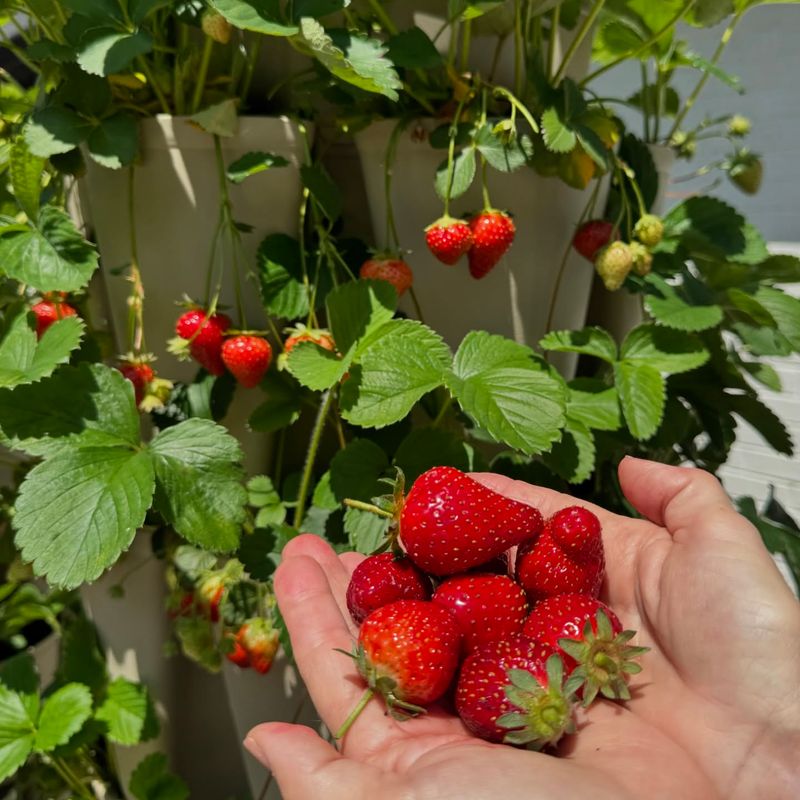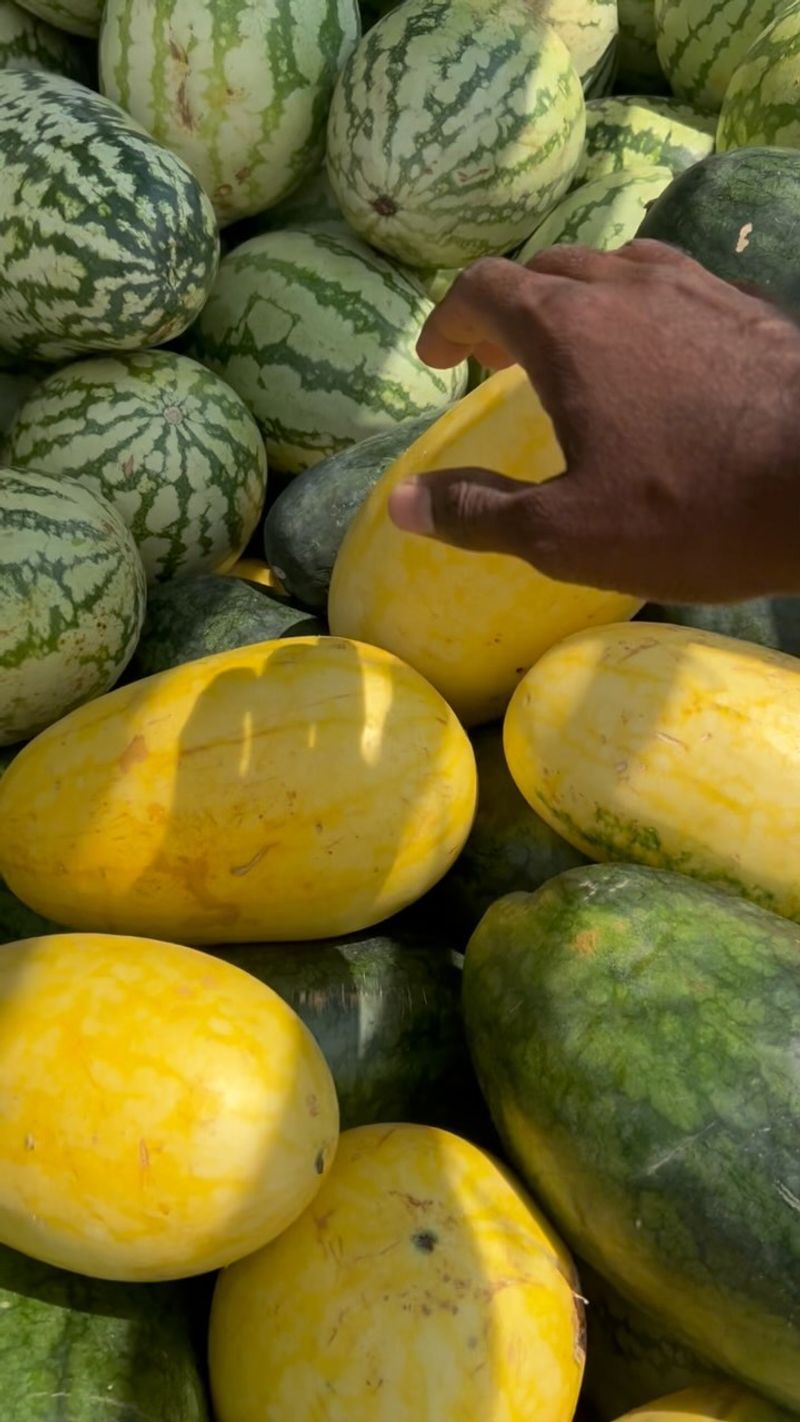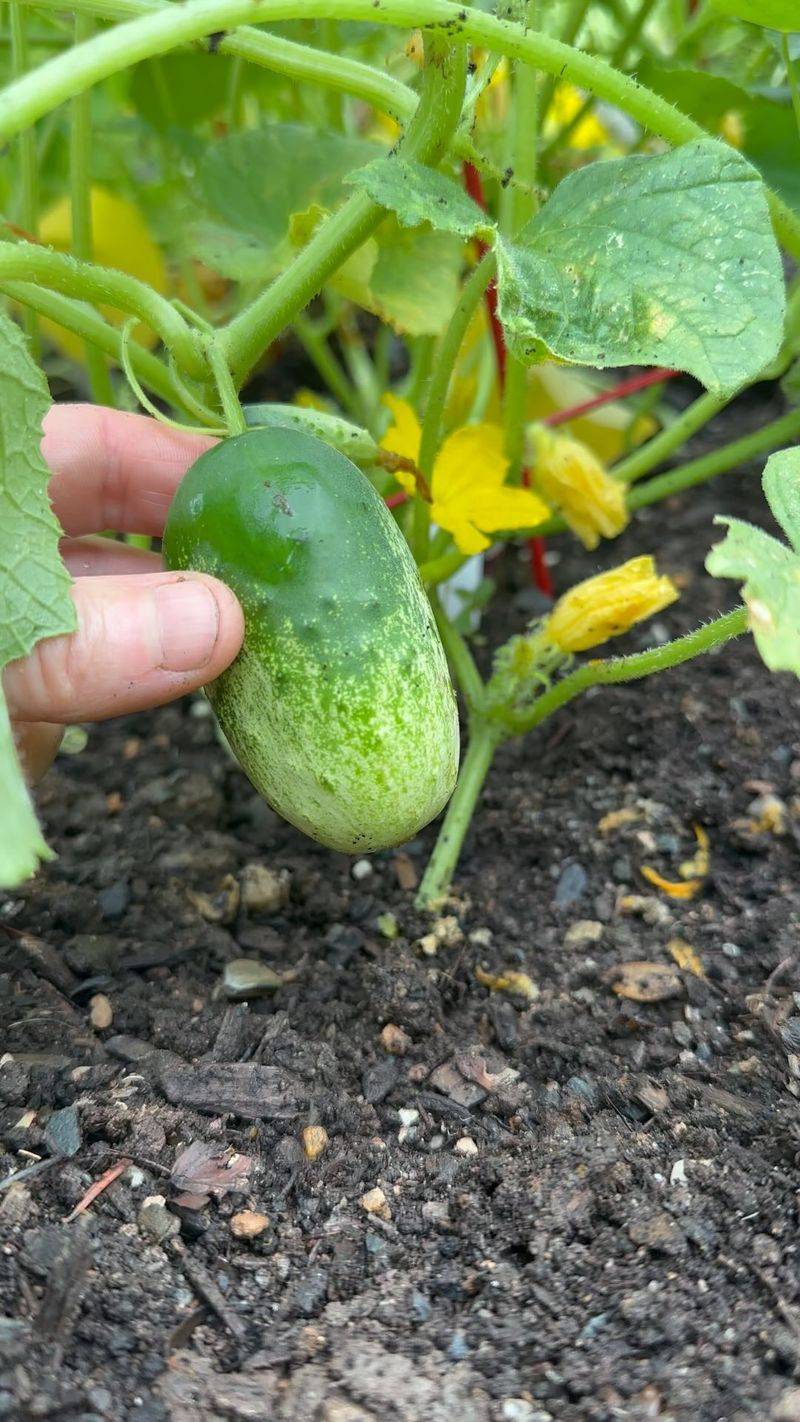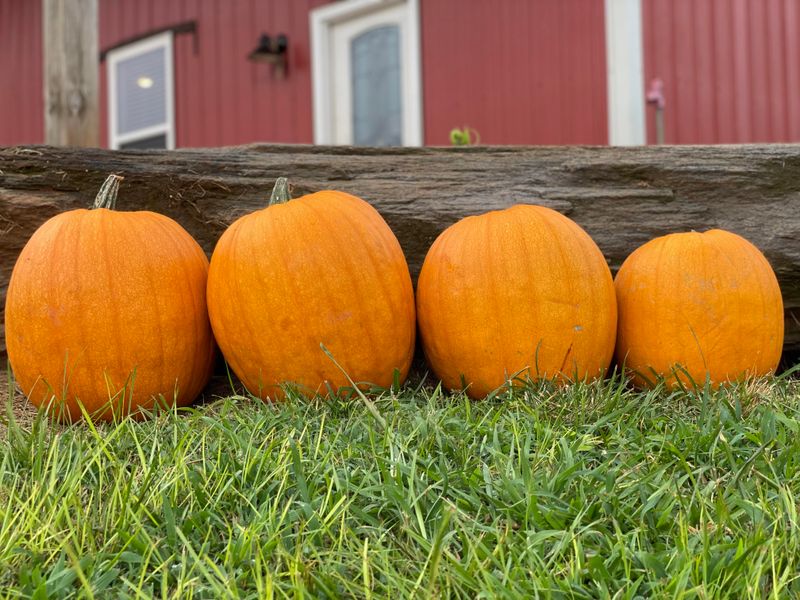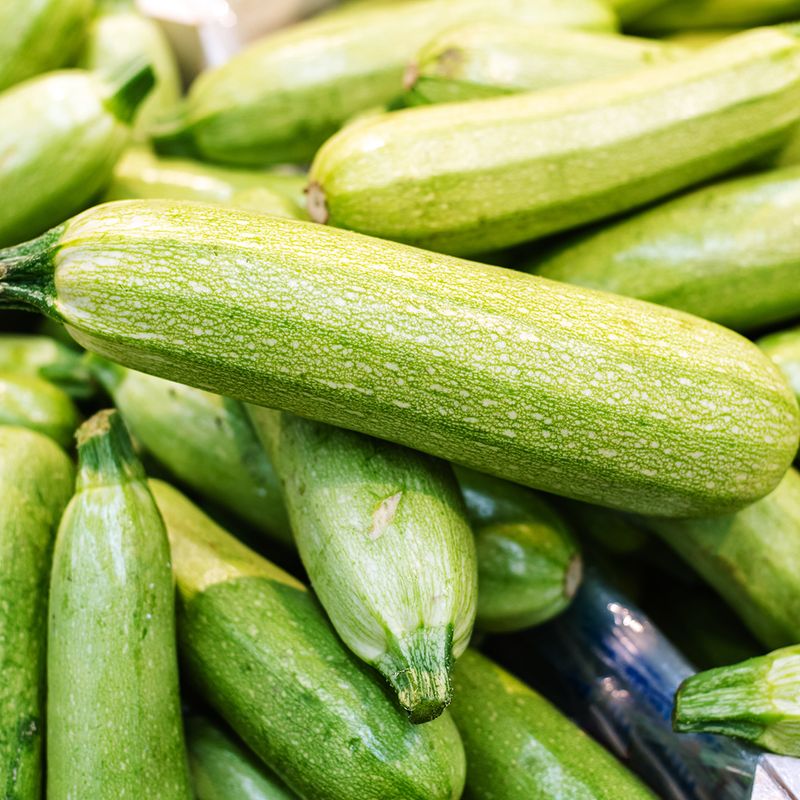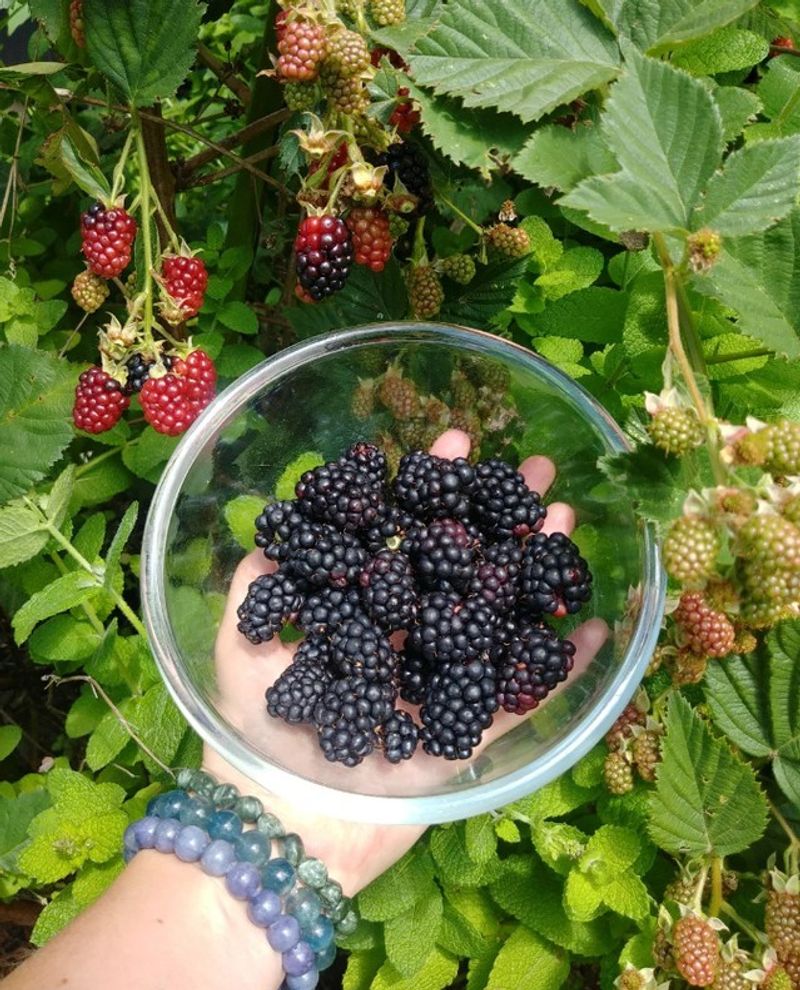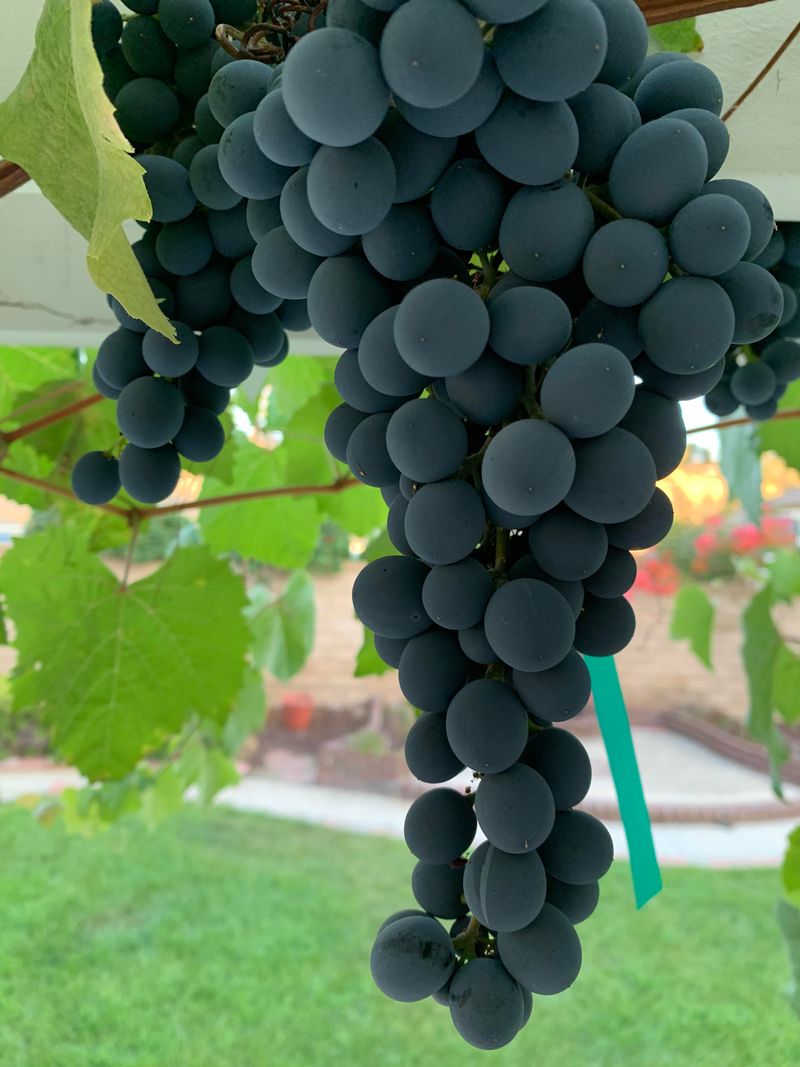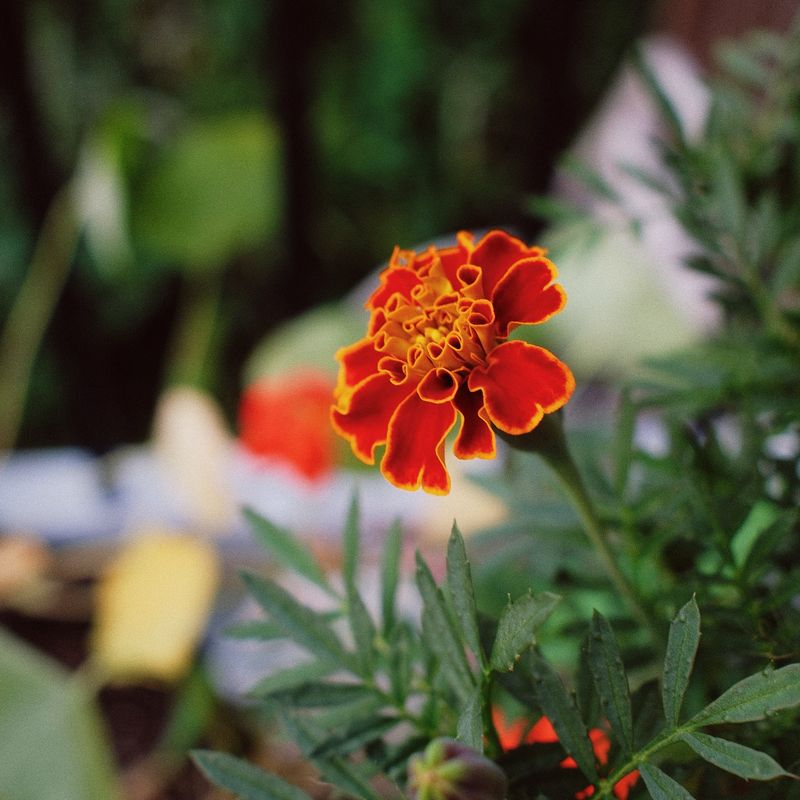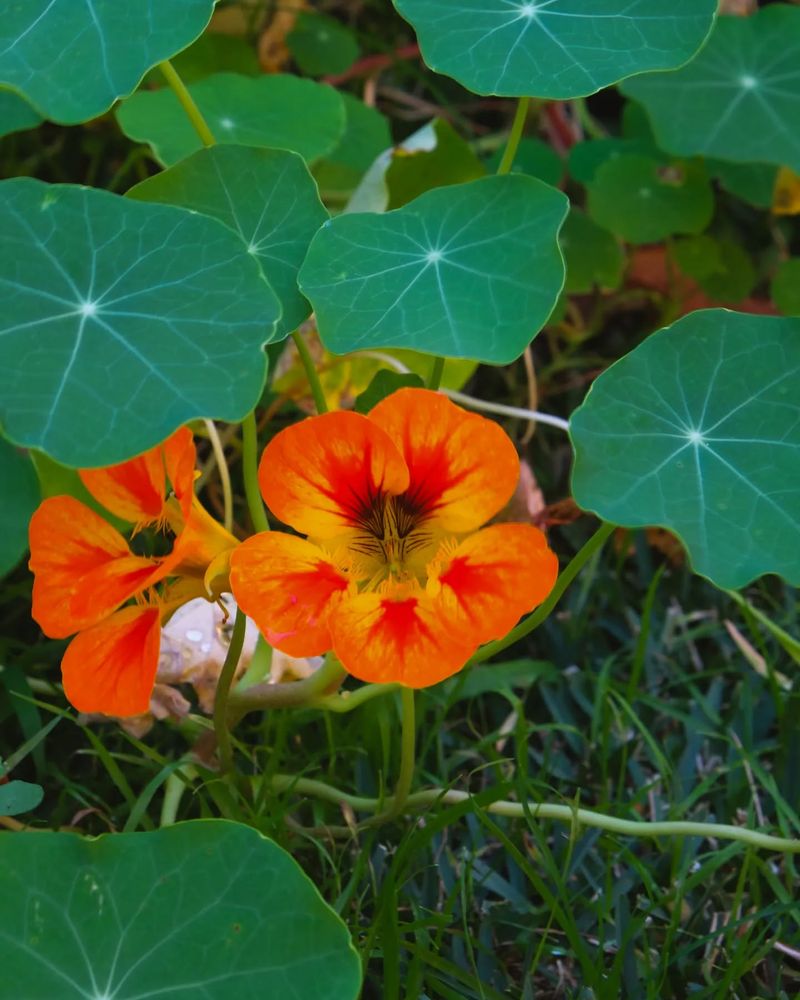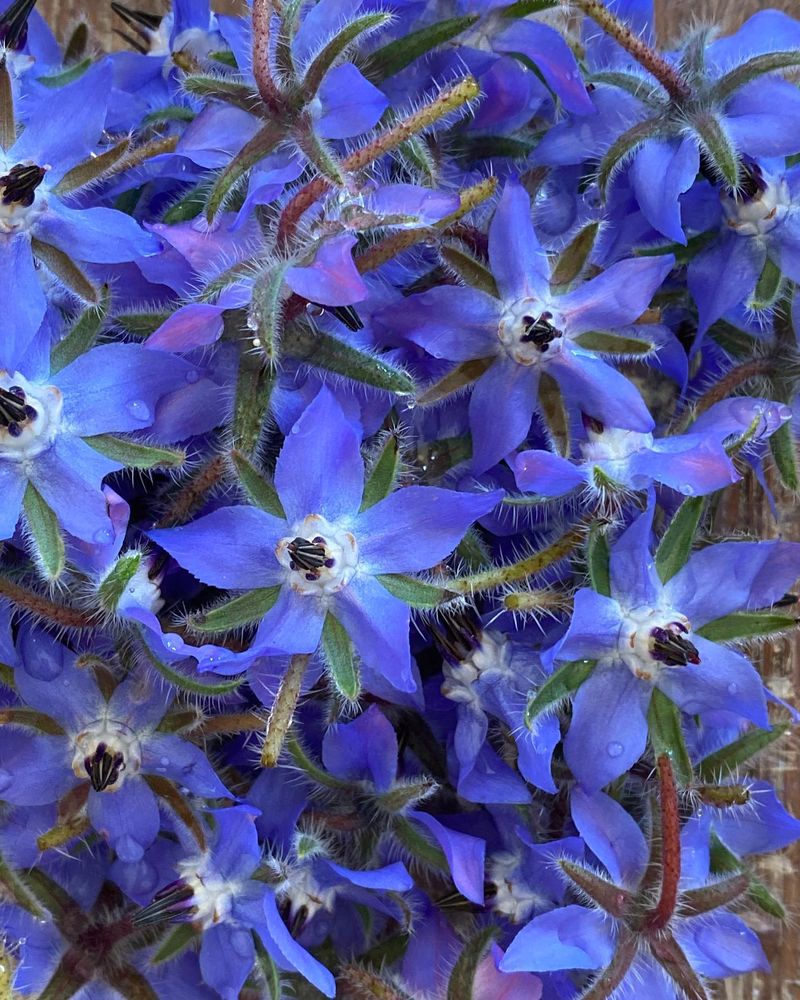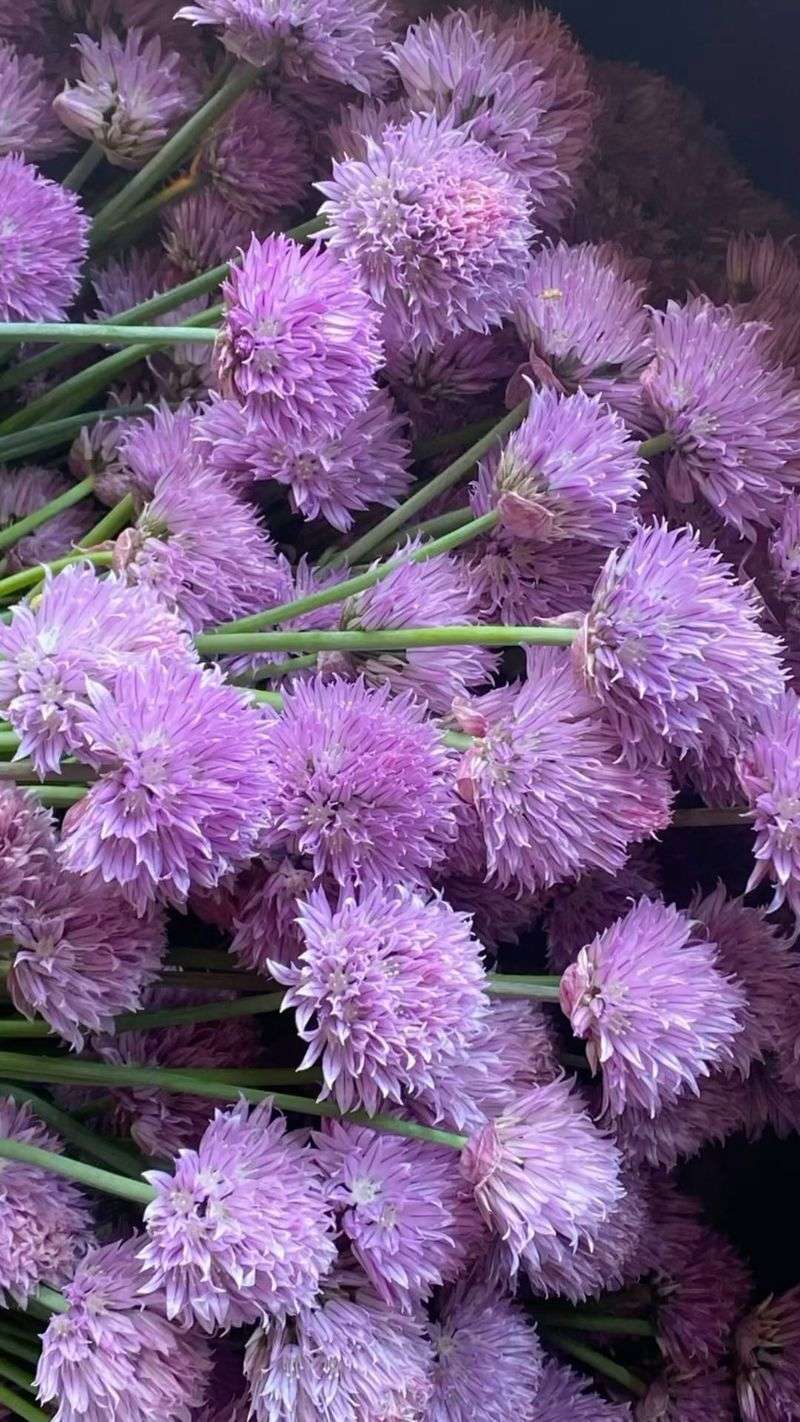Basil might seem easygoing, but it actually has strong opinions about its neighbors—especially when it comes to fruit. I found out the hard way after pairing it with the wrong plants and wondering why it wasn’t thriving.
These 10 fruits just don’t vibe with basil and can mess with its growth more than you’d expect. But don’t worry, I’ve got some smart swaps that work way better and keep the whole garden happier.
A few of these combos totally turned things around in mine!
1. Tomatoes
Contrary to popular belief, tomatoes and basil aren’t the garden buddies everyone thinks they are. The heavy feeding habits of tomato plants can deprive basil of essential nutrients in the soil.
When planted too close together, tomatoes often overshadow basil, blocking crucial sunlight. Their root systems also compete aggressively for water and space, leaving your basil struggling to thrive in their shadow.
2. Strawberries
Garden strawberries create a humid microclimate that basil simply can’t tolerate. The low-growing, spreading habit of strawberry plants can quickly overtake a basil patch, choking out the herb entirely.
Strawberries also attract different pests than basil does, potentially bringing unwanted visitors to your herb garden. The different watering needs create another conflict – strawberries prefer consistent moisture while basil likes to dry out between waterings.
3. Watermelons
The sprawling vines of watermelon plants become garden bullies to smaller herbs like basil. Their aggressive growth habit means they’ll quickly overtake any basil plants in their path without proper barriers.
Watermelons are also heavy feeders that deplete soil nutrients basil needs to thrive. The shade created by large watermelon leaves can prevent basil from getting adequate sunlight, stunting its growth and reducing essential oil production that gives the herb its signature flavor.
4. Cucumbers
Growing upward or sprawling outward, cucumber vines create dense shade that basil plants can’t thrive under. Their climbing tendrils can actually entangle basil stems, damaging the delicate herb as they search for something to grab onto.
Cucumbers and basil also attract completely different beneficial insects, making companion planting inefficient. The high water requirements of cucumbers can create overly damp conditions that lead to fungal problems in moisture-sensitive basil.
5. Cantaloupes
Much like their watermelon cousins, cantaloupes produce sprawling vines that compete for garden real estate. Their broad leaves create dense shade patches that prevent basil from receiving the full sun it craves to produce those flavorful essential oils.
Cantaloupes also attract cucumber beetles and other pests that might not normally bother your basil plants. The different watering schedules create another point of conflict – cantaloupes need consistent moisture while basil prefers to dry out between waterings.
6. Pumpkins
Anyone who’s grown pumpkins knows they’re garden space hogs with vines that can stretch 20 feet or more. Their massive leaves create dense shade that prevents sun-loving basil from thriving beneath them.
Pumpkins are also heavy feeders that quickly deplete soil of nutrients that basil needs. The different pest profiles attract different insects to your garden space, potentially bringing unwanted visitors to your basil that wouldn’t otherwise find it.
7. Zucchini
The large, broad leaves of zucchini plants create shade zones that aren’t friendly to sun-loving basil. Their bushier growth habit means they take up significant garden space that could crowd out your herb plants.
Zucchini plants are also magnets for powdery mildew, which can spread to nearby basil. The high water requirements of zucchini create soil conditions that are often too moist for basil, which prefers soil on the drier side between waterings.
8. Blackberries
The thorny canes of blackberry bushes make harvesting nearby basil a painful experience. Their aggressive growth habit means they’ll quickly encroach on basil’s space without regular pruning and maintenance.
Blackberries also create dense shade that basil plants struggle to thrive in. The different soil pH preferences present another challenge – blackberries prefer slightly acidic soil while basil does better in neutral to slightly alkaline conditions.
9. Raspberries
Similar to their blackberry relatives, raspberry bushes grow rapidly and can quickly overwhelm smaller herbs like basil. Their thorny canes make harvesting nearby basil difficult and potentially painful.
Raspberries also have different soil needs than basil, preferring more acidic conditions. The shade created by raspberry bushes can prevent basil from getting the full sun exposure it needs to develop those rich essential oils that give it its characteristic flavor and aroma.
10. Grapes
Grape vines require sturdy support structures that can cast significant shade over nearby plants. Their aggressive growth habit means they’ll quickly climb over and shade out sun-loving basil plants.
Grapes are also prone to powdery mildew and other fungal issues that can spread to basil. The different pruning and maintenance needs make it impractical to plant them together, as what benefits one might harm the other.
11. Marigolds
Bright and cheerful marigolds make excellent basil companions with pest-repelling properties. Their strong scent confuses many common garden pests that might otherwise target your basil plants.
Marigolds also attract beneficial pollinators that can improve your entire garden’s health. Their compact growth habit means they won’t compete with basil for space, and they have similar sun and water requirements, making them truly compatible garden neighbors.
12. Nasturtiums
Colorful nasturtiums act as sacrificial plants, attracting aphids away from your precious basil. Their bright flowers bring beneficial insects to your garden while their spreading habit provides natural ground cover that helps retain soil moisture.
Nasturtiums have similar growing conditions to basil, making them compatible companions. The peppery edible flowers and leaves add bonus harvests to your garden, giving you multiple useful plants in the same space.
13. Borage
The star-shaped blue flowers of borage attract beneficial pollinators that improve basil’s growth. Its hairy leaves deter many common garden pests that might otherwise feast on your herbs.
Borage also improves soil health by accumulating minerals from deep in the soil. The compatible water and sunlight needs make borage and basil excellent garden partners, thriving together without competing for resources.
14. Chamomile
Gentle chamomile actually improves the flavor of nearby basil through beneficial plant interactions. The daisy-like flowers attract helpful predatory insects that keep pest populations under control naturally.
Chamomile’s growth habit complements basil without competing for space or nutrients. Many gardeners report that basil grown near chamomile produces more essential oils, resulting in more fragrant and flavorful leaves for your kitchen creations.
15. Chives
Slender chives take up minimal garden space while providing pest protection for nearby basil. Their oniony scent confuses and deters many common garden pests that might otherwise attack your herbs.
Chives also attract beneficial pollinators with their pretty purple flowers. The different root structures mean these plants don’t compete underground, making them ideal companions that can share garden space harmoniously without fighting for resources.

